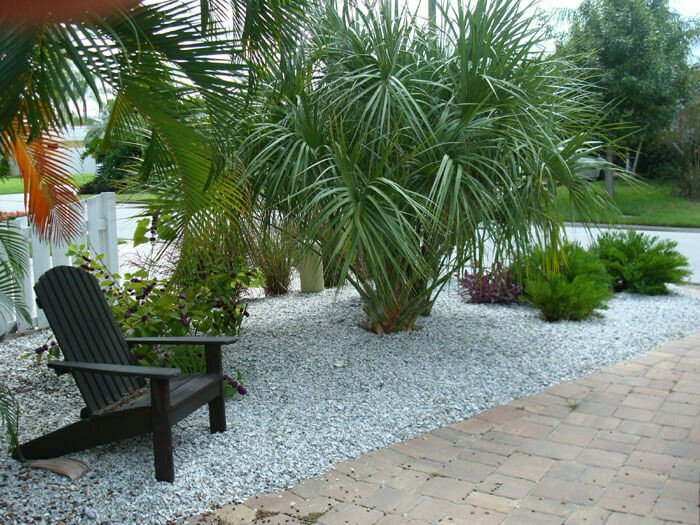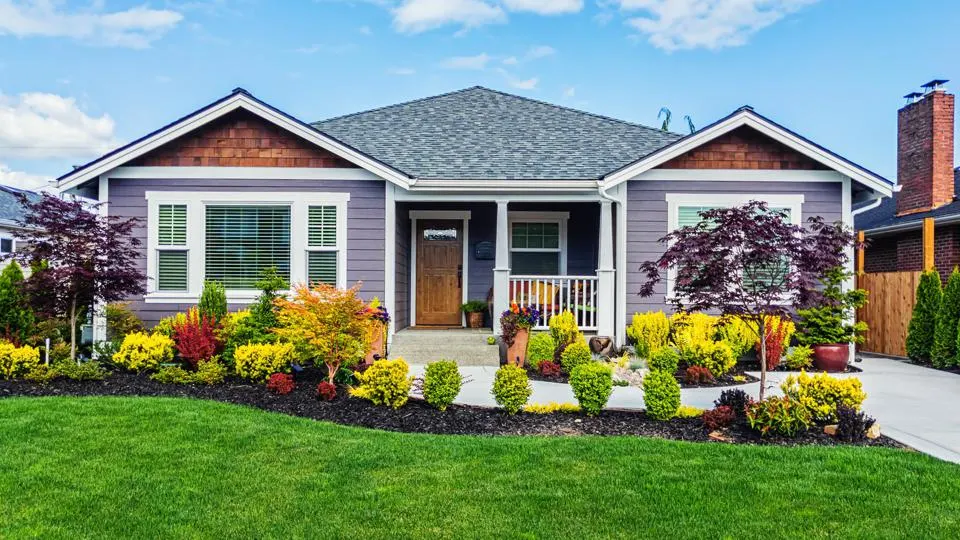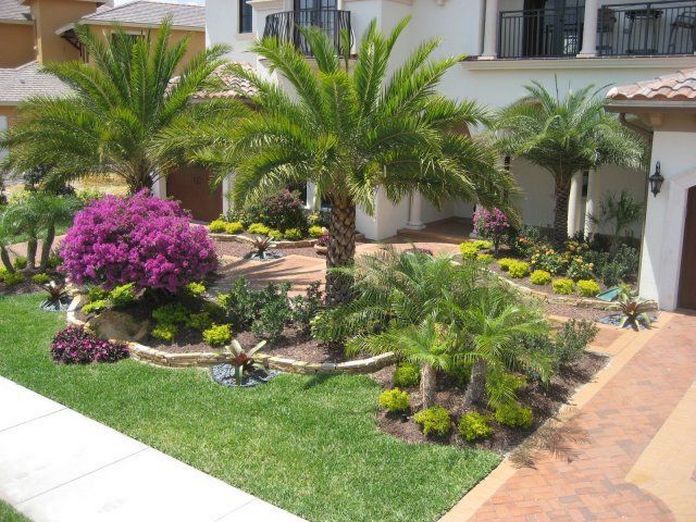Introduction
Selecting the right landscaping materials is crucial for creating a visually appealing, functional, and sustainable outdoor space. Whether designing a home garden, a commercial property, or a municipal project in North Central Florida, understanding how different materials perform in this region’s climate is essential. This guide explores the importance of choosing the right materials, how the local climate influences landscaping decisions, and key considerations for both residential and non-residential spaces.
Understanding North Central Florida’s Climate and Plant Hardiness Zones
One of the most fundamental aspects of landscape planning is recognizing the USDA plant hardiness zone map. North Central Florida falls within zones 8b to 9a, meaning that winters are mild, summers are hot and humid, and rainfall is abundant during certain seasons.
Key Considerations:
- Choosing plants suited to zones 8b-9a ensures longevity, resilience, and reduced maintenance.
- North Central Florida experiences high humidity, frequent rain in summer, and occasional cold snaps in winter, all of which impact plant selection.
- Understanding the local soil composition, which ranges from sandy to loamy, helps promote sustainable landscaping by reducing the need for excessive irrigation and artificial climate control.
The Right Plant, Right Place Principle in North Central Florida
To achieve a thriving landscape, the “Right Plant, Right Place” principle must be followed. This involves assessing site conditions and choosing plants that naturally fit those conditions.
Key Considerations:
- Soil Type: The region’s sandy soil requires plants that can tolerate well-draining conditions or amendments for improved retention.
- Drainage: North Central Florida experiences heavy rainfall, so proper drainage prevents waterlogging.
- Sunlight Exposure: Some native species thrive in full sun, while others require partial or full shade.
Example Applications:
- Drought-resistant plants like Coontie Palm and Muhly Grass for dry, sandy soils.
- Shade-loving ferns and Saw Palmetto for tree-covered areas.
- Erosion-control plants like Perennial Peanut and Sunshine Mimosa for sloped terrains.
Residential Landscaping Requirements vs. Non-Residential Landscaping Standards
Different landscaping regulations apply to residential and non-residential spaces in North Central Florida, making it essential to understand local municipal requirements.
Residential Landscaping Standards:
- Many counties mandate native plant usage to support local ecosystems.
- Homeowners’ associations (HOAs) may have restrictions on turf grass, requiring a mix of native plants and drought-tolerant landscaping.
- Privacy and shade are key concerns, making Southern Magnolia and Live Oak popular choices.
Non-Residential Landscaping Regulations:
- Commercial properties often need to meet stormwater management requirements, such as permeable pavers and retention ponds.
- Many businesses must allocate a percentage of land for green space and native plant coverage.
- Large-scale projects require a mix of hardscaping and softscaping to enhance usability and reduce maintenance.
Sustainable Landscaping Practices: Xeriscaping & Material Selection
Sustainability is a key factor in modern landscaping, with xeriscaping emerging as a popular technique for water-efficient gardens, particularly in Florida’s warm climate.
Xeriscaping Principles:
- Reduces water usage through drought-tolerant plant selection.
- Incorporates mulch and gravel to retain soil moisture.
- Utilizes drip irrigation systems for efficient watering.
Hardscaping Elements for North Central Florida:
- Crushed Shell and Coquina Rock: Aesthetic appeal and excellent drainage.
- Permeable Pavers: Reduces runoff and supports stormwater management.
- Organic Mulches: Cypress mulch or pine straw enhances soil health and prevents weeds.
Balancing hardscaping and softscaping elements ensures that landscapes remain functional while contributing to the local ecosystem.
Regulatory Considerations for Landscaping in North Central Florida
Compliance with local regulations is vital when planning any landscaping project. Many municipalities enforce restrictions on non-native plants, artificial turf, and excessive irrigation.
Key Regulatory Aspects:
- Native Plant Mandates: Some counties require a percentage of native plants to support biodiversity.
- Water Conservation Rules: Certain areas restrict irrigation to specific days to prevent excessive water use.
- Stormwater Management Requirements: Businesses must incorporate retention areas or permeable materials to manage runoff.
Understanding these regulations ensures that landscapes are not only visually appealing but also environmentally responsible and legally compliant.
Conclusion
Choosing the right landscaping materials in North Central Florida requires consideration of the climate, soil type, municipal regulations, and sustainability factors. By selecting appropriate plants, incorporating sustainable materials, and complying with local guidelines, you can create a thriving landscape that enhances both residential and commercial properties.
For expert landscaping solutions tailored to North Central Florida, contact Keith’s Lawn Care Ocala today!



